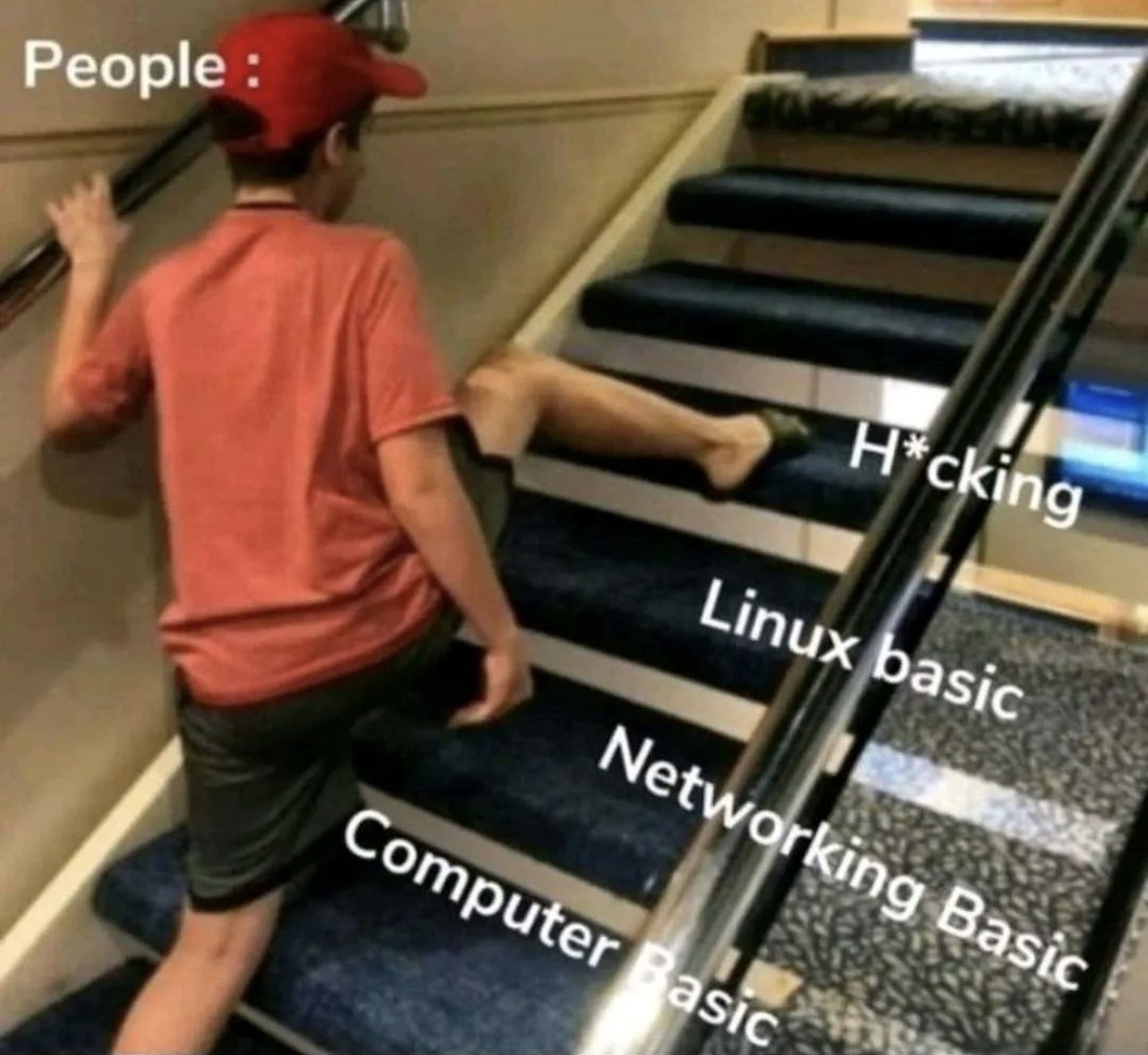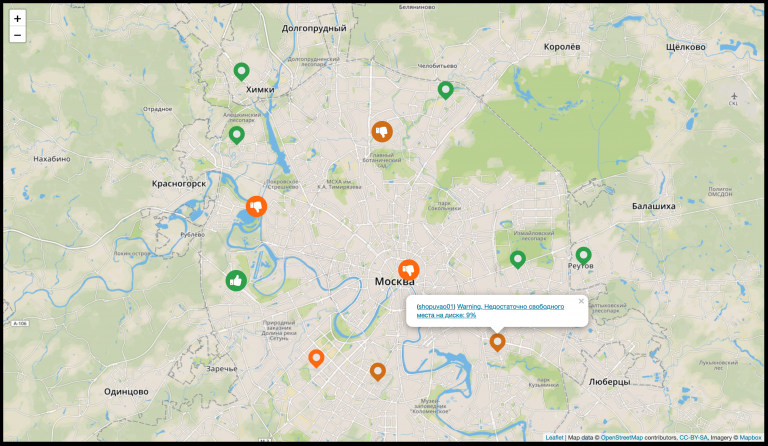Prepare for CompTIA A+, Network+, and Security+ certifications
Hi all!
In this article I would like to share my personal experience of successfully obtaining certifications CompTIA A+, Network+ And Security+ on the first try. Links to verify my certifications are attached. At the moment, the Russian-language segment of the Internet lacks quality resources for preparing for these exams, which prompted me to fill this gap.
What is CompTIA A+, Network+ and Security+
CompTIA (Computing Technology Industry Association) is an international non-profit organization that develops and administers information technology (IT) certification exams. CompTIA certifications are widely recognized in the IT industry and confirm that a specialist has basic knowledge and skills in the relevant field.
The CompTIA A+ certification is the starting point for many IT professionals. It covers a wide range of topics related to computer hardware, software, operating systems, networking, and information security. A+ confirms the competence of a specialist in the field of setting up, maintaining, diagnosing and troubleshooting personal computers and laptops. The exam consists of two parts (Core 1 and Core 2), which must be passed to receive a certificate.
Network+ is a certification that focuses on networking technologies. It validates knowledge and skills in designing, configuring, managing, and troubleshooting wired and wireless networks. The certification covers topics such as network protocols, topologies, hardware, tools, and security. Network+ is recommended for both entry-level network administrators and professionals in related fields.
Security+ is a certification in the field of information security. It validates the basic knowledge and practical skills required to perform security functions and identify threats in the IT infrastructure. The exam covers topics such as risk management, cryptography, network security, authentication and authorization, and application of policies and procedures. Security+ is a good start for those who plan to develop in the field of cybersecurity.
CompTIA exams are administered in English and can be taken remotely from your computer at home. They include multiple choice questions and performance-based questions. Each exam costs approximately $370. The CompTIA A+, Network+, and Security+ certifications are considered entry-level and serve as a foundation for further professional development and more specialized certifications.
My motivation
I have never worked in IT or cybersecurity, and I have no formal education in these areas, so I cannot yet assess the value of such certificates in practice. I am studying cybersecurity because of my interest in this topic and, perhaps, someday I will decide to change my profession as a lawyer to work as a pentester.
Looking through English-language sources on studying cybersecurity, I found that many recommend starting with IT basics and passing the appropriate certifications. This is explained by the fact that in the process of preparing for certification exams, knowledge is already structured and systematized, and the certificate itself allows you to confirm the acquired skills and competencies. That is why I decided to start with these certifications.

Requirements for certification
The most important thing is knowledge of the English language. If you can read and understand technical literature in English, then most likely you will be able to master the material. To test your English knowledge, check out this video With subtitles. If you understand what we are talking about, then, in general, you are ready.
You will also need a budget of up to $450 per certificate. This price includes training costs and one exam fee.
In addition, it is necessary to allocate enough free time for learning and maintain motivation throughout the process.
Duration of preparation
I spent about 3 hours preparing for each exam every day for 5-6 weeks.
Preparation Resources
The approach to studying all three certificates is the same, only the content changes.
Step 1: Lay the Foundation
The first step is to listen to the professor's lectures Messer. They are completely free and clearly, without unnecessary fluff, explain the basics. My approach to studying was simple: listen to lectures without taking notes. The main thing is to understand the key concepts, and the memorization process will be described in the following steps.
It is important to note that certification codes such as SY0-601 or SY0-701 for Security+ are updated every three years. Accordingly, the content of exams and preparation materials are changing. Make sure you are using up-to-date resources to prepare. At the very beginning of my studies, I didn’t know this and spent a month studying the old material =).
Step 2: Expand Your Knowledge
This step is optional in my opinion. If you're on a tight budget, you can skip it. However, if funds allow, I would strongly recommend not skipping this step.
Listen to Mike Myers lecture on Udemy. Although these are paid courses, they are often (usually once a month) discounted and cost around $13-$20.
Mike Myers' lectures are more engaging and less monotonous. He knows how to present complex material in an interesting way, and also covers topics that were not covered in Professor Messer's lectures.
As was the case with Messer's lectures, I listened to Mike Myers' courses without taking notes, which allowed the information to be absorbed naturally. Mike Meyers courses can be found here link.
Step 3: Consolidate Your Knowledge
CompTIA produces a document called Certification Objectives for each exam. This document clearly lists the specific topics, skills, and knowledge areas that will be on the exam. Here is an example of one such document Certification Objectives.
After you finish listening to the lectures, review the CompTIA Exam Objectives carefully, making sure you understand each topic and term. If there are unfamiliar terms, use neural networks such as ChatGPT or Claude to explain them.
Then create flash cards to remember topics, terms, and acronyms you don't yet know. Used the app Anki, because it's free. In the end, I ended up with about 250 cards for each exam. Review the flash cards regularly until you can easily recall all the terms and concepts.
Step 4: Practice Exams from Dion Training Solutions
The fourth step involved taking practice practice exams provided by Dion Training Solutions. These exams are available on Udemy and their discounted prices also range from $13 to $20.
The questions on these practice exams are very similar to those found on the actual certification exams. While solving them, I adapted to quickly understand and analyze the wording of the questions, which helped me save time on the real exam.
Additionally, each answer in the Dion Training Solutions practice exams comes with a detailed explanation. This helps identify gaps in knowledge and understand why an option is right or wrong.
If, during the process of taking practice exams, I discovered topics in which I had weak areas, I created additional Anki cards to memorize them.
Link to Dion Training Solutions courses can be found Here.
Step 5: Practice PBQ
CompTIA exams consist of two parts: multiple-choice questions and practice tasks, the so-called Performance-based questions (PBQ). PBQ questions require candidates to perform tasks or solve problems in a simulated environment. They are designed to test practical skills and apply knowledge to real-life situations. For example, you may be tasked with setting up a network or troubleshooting a security issue.
To prepare for this type of question, I used videos from the Cyberkraft YouTube channel that are dedicated to PBQs. This channel teaches the right approach and thinking to successfully solve practical problems.
I recommend watching each video on the channel at least twice for each exam. This will help strengthen your understanding and prepare you for the real exam format. Please note that the PBQs presented on the Cyberkraft channel are often more difficult than those found on the real exam.
The link to the Cyberkraft channel can be found Here.
Exam
When taking the CompTIA exam, it is important to have a well-thought-out question strategy to make the most of the time available.
First of all, I recommend skipping the PBQ (Performance-based questions) questions that appear in the first part of the exam. Mark them for later review so you can easily return to them later. PBQs tend to take longer, and solving them first can significantly slow down your progress, leaving less time for easier questions.
Instead, jump straight into the test assignments (multiple choice questions). Read each question carefully and try to exclude obviously incorrect answer options. If some tasks seem difficult to you, do not spend a lot of time on them. Mark such questions for later review and move on.
Once you have completed all the easy questions, go back to the ones you marked for review, starting with the PBQ. By this time, having “warmed up” on test tasks, practical questions may become easier.
To get in touch you can find me at LinkedIn.





